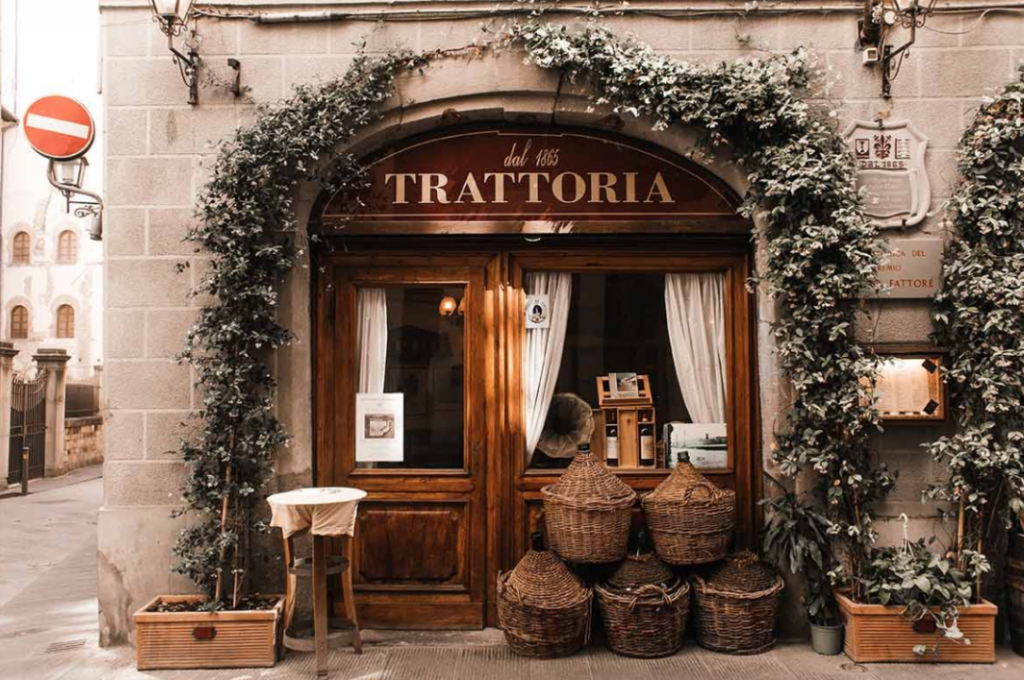Got an Unauthorized Beachfront Villa in Italy? Salvini’s New Decree Might Save Your Investment
If you’ve built a beachfront villa in Italy without the proper permits, don’t sweat it—Salvini’s new “home-saving” decree might have you covered.
Recently, there’s been a lot of buzz around changes to Italy’s building regulations, with some people thinking that you can now legalize almost anything. But what’s the real deal with these new rules? What opportunities do they offer, and how can you take advantage of them?
We’ll break down this new law to see how it might work in your favor, and also consider whether it’s a positive step forward or just a way to encourage real estate speculation.

Simplified Compliance – The New Amnesty Rules
One of the big changes is what’s being called “simplified double compliance,” which streamlines the process for legalizing unauthorized structures.
To understand how this helps, let’s first look at how the amnesty process worked before.
Previously, to legalize a property, you needed to prove that any non-compliance—like an extra wall or an unauthorized room—met both the urban planning and building rules that were in place at the time the violation occurred and at the time you applied for amnesty. Essentially, you had to pass four different sets of regulations, which made it tough to legalize anything.
Now, with the new decree, it’s much simpler: You only need to show that your property meets the building rules from when it was constructed and the urban planning rules at the time of your application. Much easier, right?
What’s the Difference Between Building and Urban Planning Rules?
Understanding these changes requires a quick look at the difference between building regulations and urban planning rules in Italy:
- Building Regulations deal with the technical aspects of constructing and maintaining buildings. This includes safety standards, materials, and the like.
- Urban Planning Rules govern how land is used, covering things like zoning, density, and the overall layout of towns and cities.
These two sets of rules work together to ensure that buildings are not only safe and livable but also fit well within the broader urban landscape.
What Does the “Home-Saving” Decree Actually Do?
Here’s the lowdown:
- You only need to meet the building codes from when your property was constructed and the current urban planning rules when you apply for amnesty. This is a big departure from the old system.
- The maximum fine for non-compliance has been capped at €10,000.
- Properties built before 1977 with undocumented variations can be legalized by simply verifying the construction date.
- It’s now easier to prove that a property is compliant, as you only need to show that the property conforms to the latest authorization, provided previous permits were checked at that time.
Flexible Rules for Changing the Use of Property
The decree also makes it easier to change the use of a property, whether within the same functional category or between different categories, as long as regional laws are respected. However, the rules for ground floors and basements remain unchanged.
For attics, the decree aligns with regional laws. For instance, in Tuscany, the following applies:
- The law is for buildings that existed or were under construction when the law took effect and are exclusively residential.
- The attic must meet minimum height requirements: 2.3 meters for living spaces in flat areas and 2.1 meters in mountainous areas. For service areas, the height drops slightly.
- The minimum ceiling height must be 1.5 meters for living spaces and 1.3 meters for service areas, with lower limits in mountainous regions.
- The conversion projects must include proper thermal insulation to meet energy efficiency standards.
New Tolerance Levels for Building Discrepancies
It’s common for the final build to differ slightly from the approved plans. Previously, a tolerance of 2% was allowed, but under the new decree, these limits have been adjusted:
- Properties over 500 square meters: 2%
- Between 300 and 500 square meters: 3%
- Between 100 and 300 square meters: 4%
- Between 60 and 100 square meters: 5%
- Up to 60 square meters: 6%
This change will allow many properties that were previously non-compliant to now meet the requirements.
Tiny Homes, Italian Style
The decree also legalizes smaller homes, allowing for a minimum ceiling height of 2.4 meters (down from 2.7 meters) and permitting apartments as small as 20 square meters (about 215 square feet) for studios and 28 square meters (about 300 square feet) for one-bedrooms. This is reminiscent of the compact living spaces seen in Japan.
Freedom to Build
The decree also allows for the installation of certain structures without any permit, such as:
- Bioclimatic pergolas
- Movable panoramic glass walls
- Weather protection installations like awnings
Other Relaxed Rules
The decree also legitimizes:
- Slightly smaller buildings than planned
- Omission of non-structural architectural elements
- Minor discrepancies in internal and external walls or door placements
- On-site corrections to project plans
However, all work must have been completed by May 24, 2024.
What’s the Impact of This Decree?
The government argues that these changes will streamline property sales and make it easier to ensure compliance. However, opposition groups and organizations like Legambiente see it as a massive amnesty that could benefit speculators at the expense of public safety and health.
In my view, this is a positive move that will simplify the processes involved in buying, selling, and legalizing properties in Italy. Real estate speculation isn’t necessarily a bad thing—it often leads to the revitalization of properties in need of renovation or those with legal issues.
Finally, the safety and health standards of buildings remain intact, as compliance with both building and urban planning regulations is still required.
That said, I’m curious to hear your thoughts!




